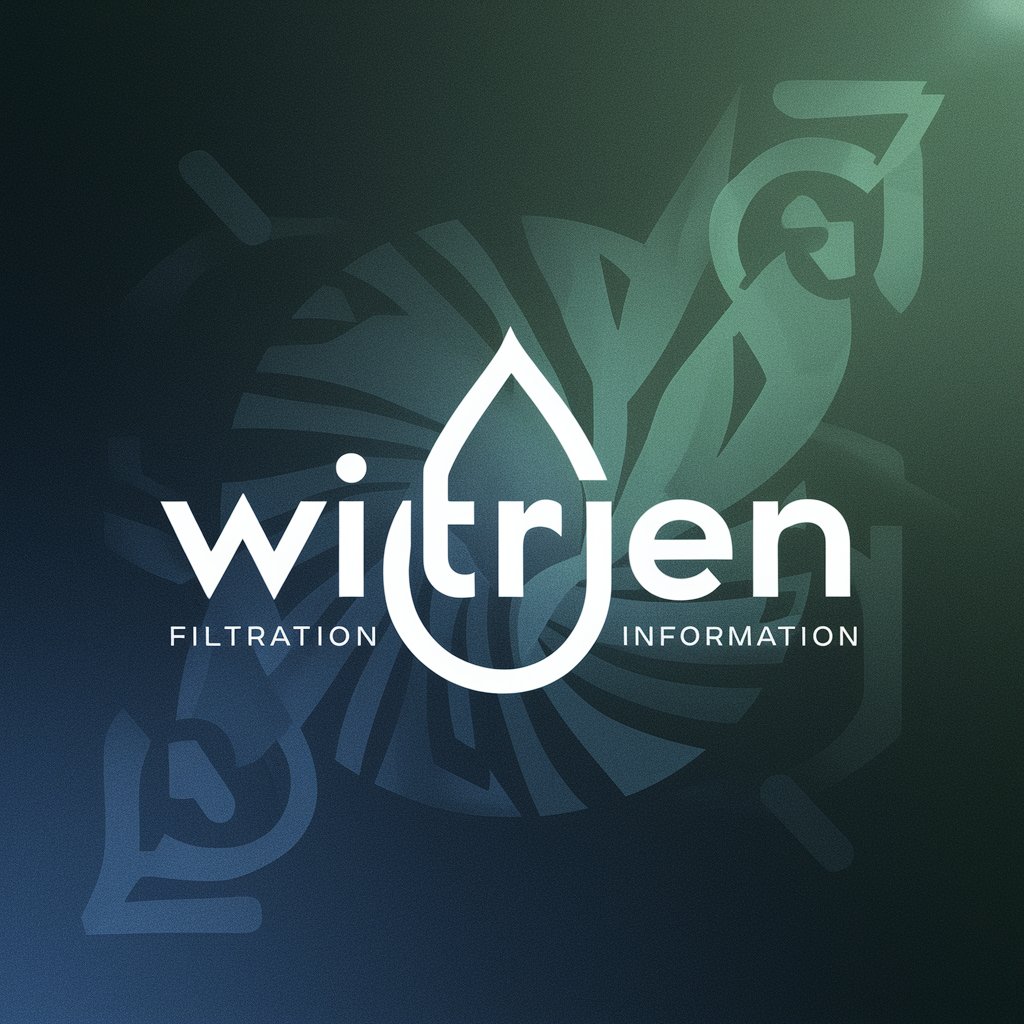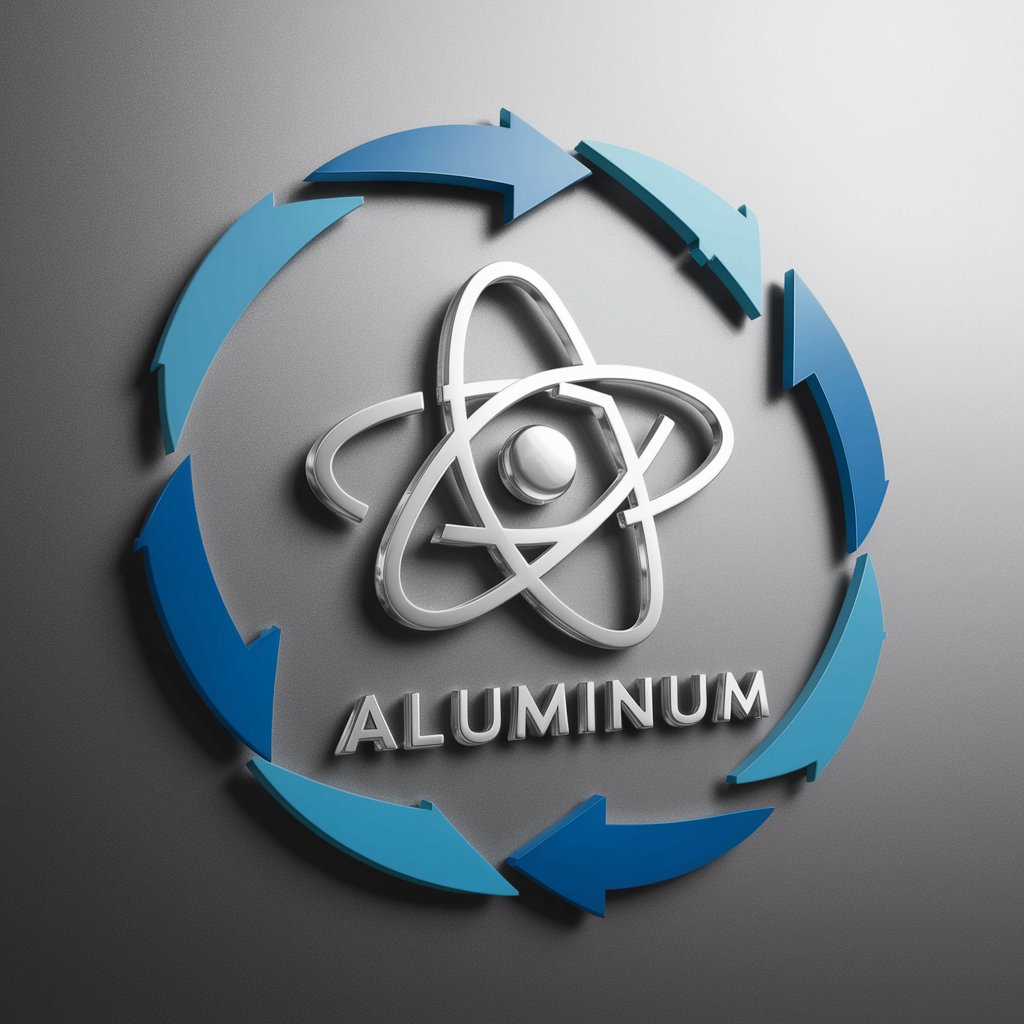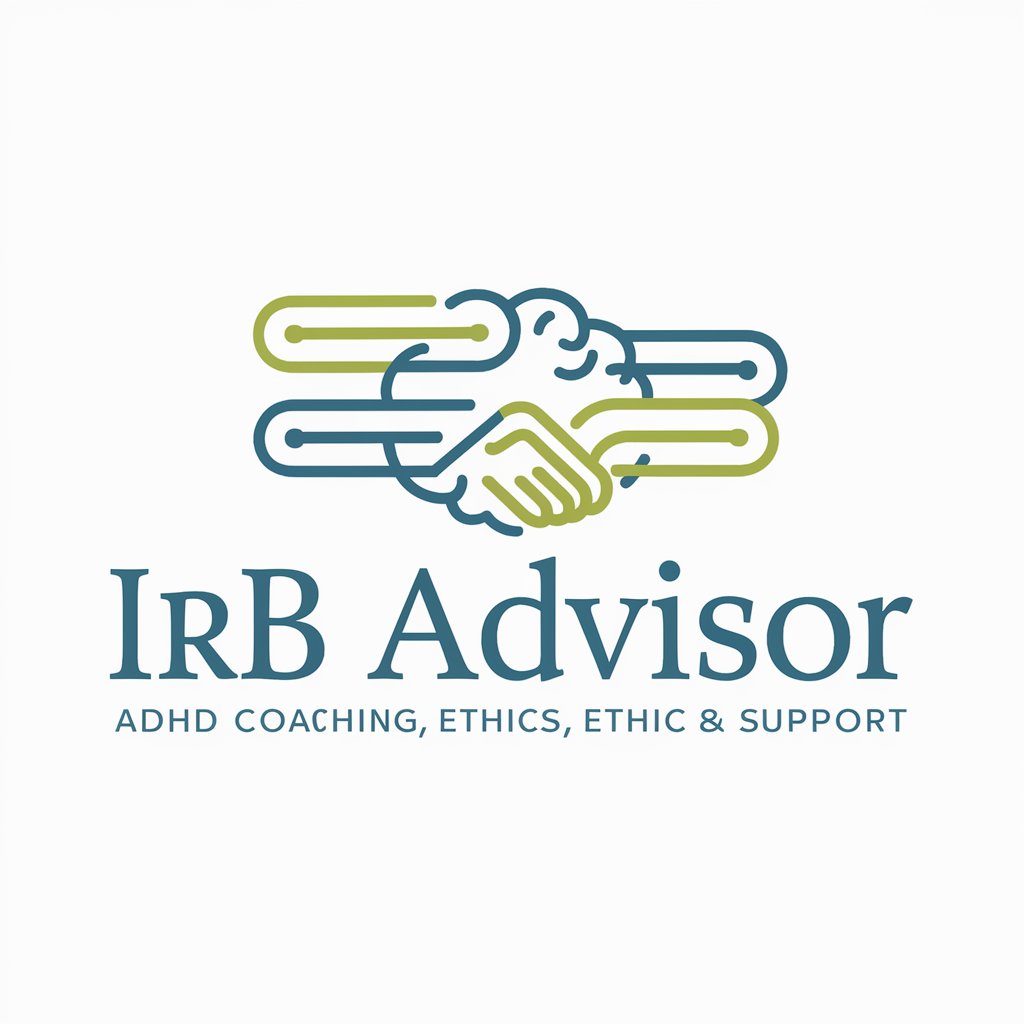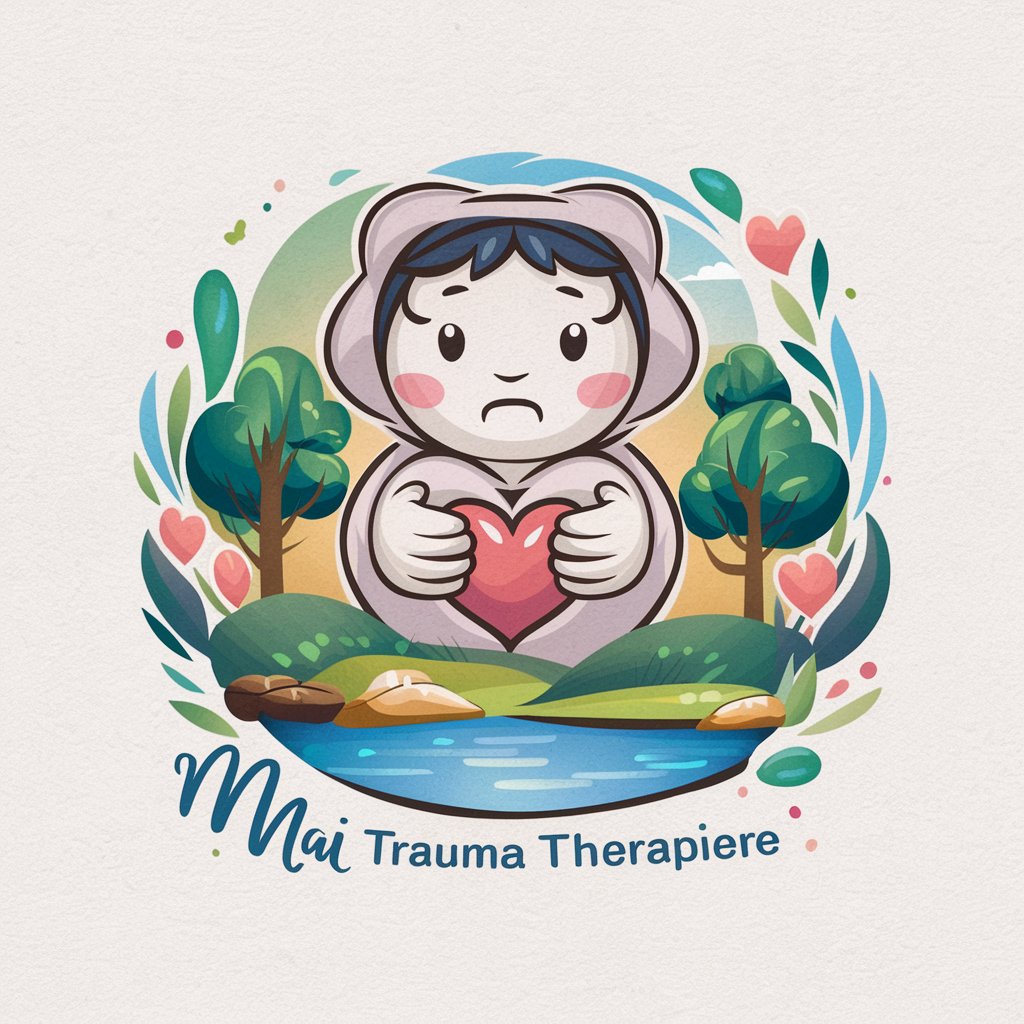Water Filtration - Water Filtration Insight

Welcome! Let's explore the world of water filtration and health together.
Purify water effortlessly with AI guidance.
Explain the benefits of using a reverse osmosis water filtration system.
What are the key differences between activated carbon and ceramic filters?
How often should different types of water filters be replaced?
Describe the impact of water quality on overall health and well-being.
Get Embed Code
Introduction to Water Filtration
Water Filtration encompasses a broad range of processes aimed at removing contaminants and impurities from water to make it safe and clean for various uses. This involves several technologies, including physical barriers, chemical treatments, and biological processes. The design purpose of water filtration systems is multifaceted: they aim to provide safe drinking water, protect appliances from scale and sediment buildup, and ensure water is suitable for specific industrial, agricultural, or recreational applications. Examples include reverse osmosis systems that purify drinking water by removing salts and impurities, sediment filters used in households to protect plumbing and appliances by trapping rust, dirt, and sand, and ultraviolet (UV) purification systems that use UV light to kill bacteria and viruses in water supplies. Powered by ChatGPT-4o。

Main Functions of Water Filtration
Removal of Pathogens
Example
UV filtration systems
Scenario
In areas where the water supply is prone to contamination with bacteria, viruses, and protozoa, UV filtration systems are installed to disinfect water without using chemicals, ensuring it is safe for drinking.
Desalination
Example
Reverse osmosis systems
Scenario
In coastal regions or islands where freshwater resources are scarce, reverse osmosis systems are employed to convert seawater into drinkable water by removing salt and other dissolved solids.
Softening Hard Water
Example
Ion exchange systems
Scenario
In areas with hard water, ion exchange systems are used to replace calcium and magnesium ions with sodium or potassium ions, preventing scale buildup in plumbing and improving the effectiveness of soaps and detergents.
Removing Chemical Contaminants
Example
Activated carbon filters
Scenario
Activated carbon filters are widely used in both household and industrial settings to remove chlorine, pesticides, and industrial solvents from water, improving taste and odor while also protecting health.
Ideal Users of Water Filtration Services
Households
Families and individuals seeking to improve the quality and safety of their drinking water, protect appliances from scale and sediment, and enhance their overall health and wellbeing.
Commercial Entities
Businesses such as restaurants, hotels, and healthcare facilities that require high-quality water for cooking, cleaning, and providing safe water to their clients and patients.
Industrial and Agricultural Sectors
Industries and farms needing large volumes of purified water for processes such as manufacturing, irrigation, and livestock watering, where specific water quality standards must be met.
Municipal Water Suppliers
Public water systems responsible for treating and delivering safe drinking water to communities, often employing multiple filtration and purification technologies to meet regulatory standards.

How to Utilize Water Filtration
Start Your Journey
Initiate your exploration into water filtration by visiting a leading platform for a no-cost trial, offering access without the necessity for account creation or subscription.
Identify Your Needs
Assess the water quality issues you're facing, such as contaminants, hardness, or taste, to determine the most suitable type of water filtration system for your home or office.
Select the Appropriate System
Choose a water filtration system based on your specific needs—whether it's a whole house system, under-sink filter, or a portable solution for clean drinking water.
Installation
Follow the manufacturer's instructions or hire a professional to install your water filtration system, ensuring it's set up correctly for optimal performance.
Maintenance
Regularly replace filters, clean the system components, and test your water quality to maintain the effectiveness of your water filtration system and ensure the best water quality.
Try other advanced and practical GPTs
Morita Therapy Specialist
Navigate Emotions, Foster Personal Growth

Pharmaceuticals
Empowering pharmaceutical insights with AI

Essay Ace
Empowering your college essay journey with AI.

Hand Guns
Empowering responsible handgun ownership with AI.

Dirty Scrap
Empowering Aluminum Innovation with AI

Anomate BDM
Automate your marketing, personalize your message.

IRB Advisor
Streamlining IRB Approval with AI

MAI Trauma Therapist
Empowering healing through AI-guided therapy

Shed
Empowering your shed projects with AI

Eagle
Unlock the world of eagles with AI

Social Stream Analyst GPT
Empowering Content with AI-Powered Analysis

Skill2Sell.ai
Empowering sales with AI-driven insights

FAQs on Water Filtration
What are the main types of water filtration systems?
The primary types include mechanical filters, absorption filters (e.g., activated carbon), ion exchange units, reverse osmosis systems, and ultraviolet disinfection units. Each targets different contaminants and suits various water quality needs.
How often should water filters be replaced?
Filter replacement varies by type and usage. Typically, pitchers and faucet attachments every 2-6 months, under-sink filters every 6-12 months, and whole house filters every 3-6 months. Always follow the manufacturer's recommendations.
Can water filtration improve tap water taste?
Yes, water filtration can significantly improve the taste of tap water by removing chlorine, metals, and other contaminants that contribute to unpleasant tastes and odors.
Is filtered water better than bottled water?
Filtered water can be as clean or cleaner than bottled water, is more cost-effective, and has a lower environmental impact due to reduced plastic waste. Quality depends on the filtration system and source water.
How do I know if I need a water filtration system?
Consider a water filtration system if you experience issues with water taste, odor, or appearance, or if water testing reveals contaminants. Filtration can enhance water safety and quality for drinking and cooking.
